Delight in dazzling dahlias this season
Home gardeners love simpler, dwarf dahlias that don’t require staking – here’s how to make the most of them.

Dahlias are in season – and in fashion. From mid-summer to early autumn these bold flowers brighten gardens across most of southern Australia; cut flowers are also favourites of florists and brides. There are thousands of named varieties in almost every colour (except blue), classified into groups based on their flower size and shape. Dinner-plate dahlias are the most spectacular, with flower heads up to 30cm across. The cactus group have petals that are rolled under so they look spiky. Anemone or collarette types have ruffled centres with an outer ring of flat petals, while the waterlilies and pompoms are self-explanatory. Home gardeners love the simpler, dwarf dahlias that don’t require staking – these mostly have small flowers with a single row of petals that contrast with dark bronze to purple foliage. To see a dazzling display, go to a show held by regional dahlia societies (listed at dahliasaustralia.org.au). Many are held in March, while specialist growers are often open to visitors during flowering season.
Colour Me Happy
Dahlias grow from fleshy tubers sold and planted in early spring or after the last frost. They prefer a cooler climate, a sunny, sheltered spot and free-draining, fertile soil with generous amounts of food and water.
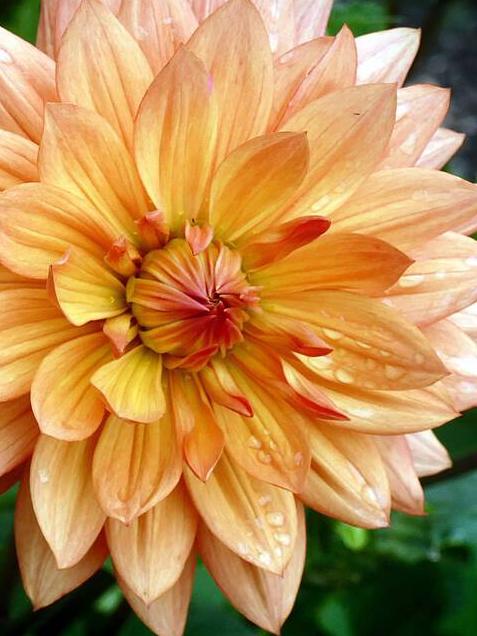
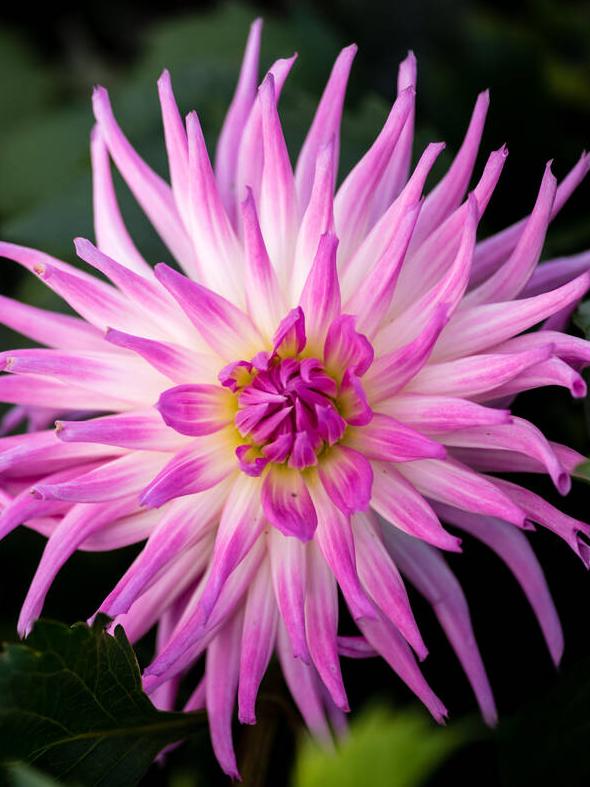
After the plants die down, you don’t need to lift the tubers unless your soil is wet or frozen in winter. You can lift and divide the tubers every few years.

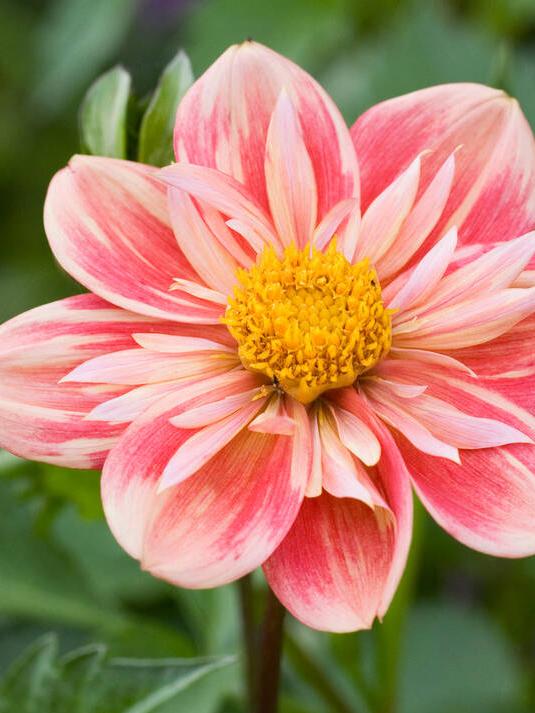
Q&A
Should we stake tree saplings against our frequent strong winds, or leave them to develop resilience? We’ve already lost a beautiful young apricot tree – unstaked – to a strong gust.
Jon Cartwright, by email
Young trees will develop stronger trunks and better root systems by flexing against the wind, so staking needs to allow movement yet protect against breaking. Place three stakes around each tree and use soft, wide ties. Ties attached too low can allow too much canopy movement and potential snapping of the trunk; too high and natural movement will be limited. Remove the support as soon as trees stand firmly on their own. Fruit trees produce better in sheltered positions so consider planting a windbreak.
Our frangipani’s buds are full but the flowers don’t open. Any suggestions?
Stu Fitchee, Sydney
Thrips are tiny insects that infest buds, causing them to fall off or not open. Pick up and destroy fallen buds. Spray with a horticultural soap or pyrethrum.
How can I optimise soil and sun conditions for growing limes?
William Oostdyck, Coffs Harbour
Limes, like all citrus, are best in an open, sunny position – at least six hours’ sun daily – with protection from strong winds. They must have excellent drainage; in clay soil, plant on a mound. Apply a little citrus fertiliser monthly. Add plenty of organic matter such as compost and aged manures to your soil, and use sugar cane mulch. Tahitian limes are the most popular and almost seedless. In your warm climate you can also grow the West Indian or Key lime, with a stronger lime flavour and some seeds.
Send your questions to helenyoungtwig@gmail.com The best question for March wins the Stihl GTA Garden pruner, worth $299 including battery and charger. February’s winner is Paul Brown from Perth for his question about Metrosideros
More Coverage
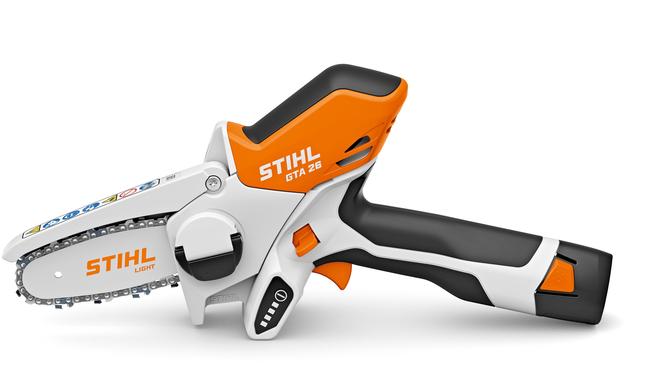




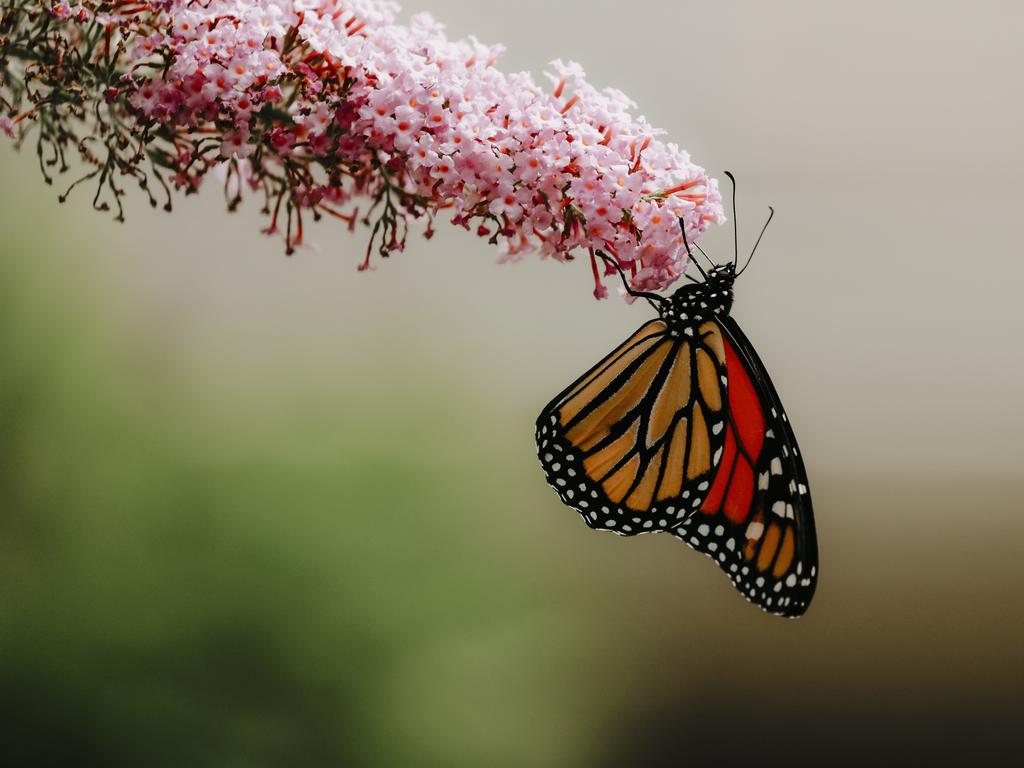



To join the conversation, please log in. Don't have an account? Register
Join the conversation, you are commenting as Logout